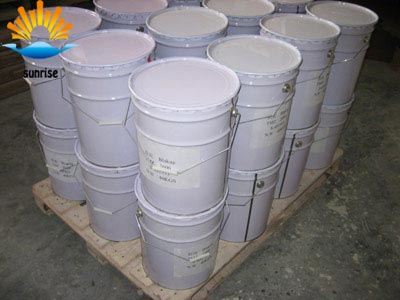Physical properties of refractory materials Organizational structur
2018-01-23
1. Porosity The apparent porosity reflects the density of the refractory material, ie the percentage of apparent pore volume in the brick to the total volume of the brick.
Bulk density is the mass of the total volume of refractory unit volume, including pores.
3. True density Refractory unit volume does not include the stomatal volume of the quality.
Thermal properties
1. Thermal expansion of refractory material when heated with the volume of the expansion of the expansion of the commonly used linear expansion coefficient and body expansion
Coefficient said.
2. Heat resistance Refractory thermal conductivity of the size that the thermal conductivity.
3. Heat capacity refers to the heat required to heat 1kg of material at atmospheric pressure to increase 1 ℃. 1, It should be based on the design requirements of the furnace at the design time. Raw material composition and the requirements of the melting temperature of the batch system Atmospheric pressure and fuel combustion Flame conditions and other causes of erosion and erosion of refractory materials to choose and configure the corresponding refractory material.
2, should be based on the design of glass kiln kiln furnace kiln and the use of various parts of the refractory burning, the rate of erosion to choose to configure the phase to achieve the design of kiln age and reduce burn and erosion and physical and chemical properties of the external appearance of the size of the fire-resistant material.
3, at the use of temperature should avoid chemical reaction of two different refractory together. Where necessary, a transitional brick or transitional layer should also be provided between two different refractory masonry structures. Otherwise it will form the lowest eutectic but will accelerate the burning and erosion of refractory material greatly affected the kiln age of glass kiln.
4, and glass liquid contact parts of the refractory material should be used to minimize lateral brick joints to avoid upward drilling erosion. In particular, fused zirconia corundum brick or material erosion caused by accelerated.
5, in the masonry refractories needed when the refractory mud should be the same with the brick. Refractories of different materials and refractory mud shall not be mixed.
6, in the choice and configuration refractory plant should be reasonable and reasonable with the appropriate use of advanced refractory parts selected advanced refractory materials. Otherwise, it will not only affect the glass kiln age but also cause great waste. Economic rationality is poor.
7, there should be someone responsible for the technical management of glass furnace kiln overhaul observed when the furnace burning, erosion conditions to identify the weak environment so that future furnace design and refractory options with improved. At the same time, the person responsible for the technical requirements of the refractory physical and chemical testing reports, masonry, roasting kiln, the use of maintenance, demolition of the kiln repair the original information
Record the establishment of specialized files. In order to gain experience continue to improve the level of choice of refractory configuration.

